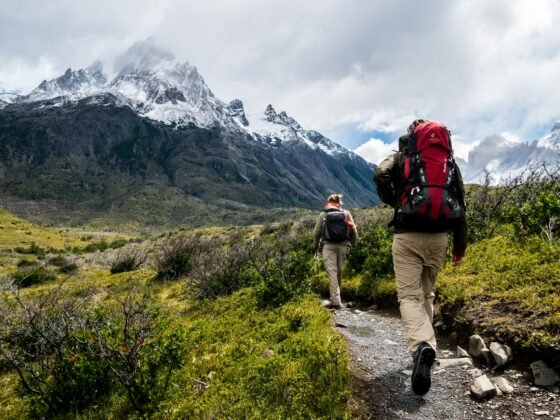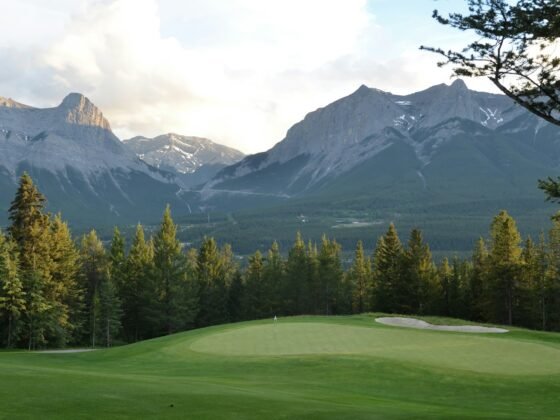Motorcycle camping combines the freedom of the open road with the exhilaration of outdoor adventure. Whether you’re a seasoned rider or a newbie to both motorcycling and camping, embarking on a motorcycle camping trip can be an unforgettable experience. However, it requires careful planning and consideration to ensure a safe and enjoyable journey. We’ll walk you through everything you need to know to make the most of your motorcycle camping adventure, from essential gear to safety tips and campground etiquette.
Choosing the Right Motorcycle
Before hitting the road, it’s crucial to select the right motorcycle for your camping trip. Consider factors such as the bike’s weight capacity, storage options, fuel efficiency, and comfort for long rides. Adventure touring bikes, dual-sport motorcycles, and cruisers with saddlebags are popular choices for motorcycle camping due to their versatility and storage capabilities.
Essential Gear and Equipment
Packing the right gear is essential for a successful motorcycle camping trip. Here’s a checklist of must-have items:
- Tent: Choose a lightweight, compact tent that can be easily strapped to your motorcycle.
- Sleeping Gear: A sleeping bag rated for the expected temperature, a sleeping pad or inflatable mattress for comfort, and a pillow for a good night’s rest.
- Cooking Supplies: Portable stove or campfire cooking equipment, utensils, plates, and cookware for preparing meals.
- Clothing: Pack versatile clothing suitable for varying weather conditions, including moisture-wicking layers, a waterproof jacket, and sturdy footwear.
- Tools and Repair Kit: Basic tools, tire repair kit, spare tubes, and other essential motorcycle maintenance items.
- First Aid Kit: A well-stocked first aid kit to handle minor injuries and medical emergencies.
- Navigation: GPS device or smartphone with offline maps, as well as a physical map as a backup.
- Lighting: Headlamp or flashlight for visibility at night.
Packing and Storage
Space is limited on a motorcycle, so efficient packing is crucial. Utilize saddlebags, tank bags, tail bags, and luggage racks to distribute weight evenly and maximize storage capacity. Pack heavy items low and towards the front to maintain stability, and secure your gear with bungee cords or straps to prevent it from shifting during the ride.
Route Planning
Plan your route carefully, taking into account road conditions, scenic routes, and nearby campgrounds or accommodations. Consider factors such as distance, terrain, and fuel stops, and be prepared for unexpected detours or changes in weather conditions. Allow flexibility in your itinerary to accommodate spontaneous stops or side trips along the way.
Safety Tips
Safety should always be a top priority when motorcycle camping. Follow these tips to ensure a safe and enjoyable journey:
- Wear proper safety gear, including a DOT-approved helmet, protective clothing, gloves, and boots. According to a motorcycle accident lawyer in Phoenix, one of the biggest contributing factors to the severity of motorcycle accidents is failure to wear a helmet.
- Perform a pre-ride inspection of your motorcycle, checking tire pressure, brakes, lights, and fluid levels.
- Observe traffic laws and ride defensively, especially on unfamiliar roads or in adverse weather conditions.
- Stay hydrated and well-rested to maintain alertness while riding.
- Be mindful of wildlife and road hazards, such as debris, potholes, and gravel.
- Communicate with your fellow riders using hand signals or intercom systems.
- In case of emergencies, carry a charged cell phone, emergency contact information, and know how to summon help if needed.
Campground Etiquette
Respect for nature and fellow campers is essential when motorcycle camping. Follow these etiquette guidelines to minimize your impact and enhance the camping experience for everyone:
- Choose designated campsites whenever possible and avoid camping in restricted areas.
- Leave no trace by properly disposing of trash, packing out waste, and avoiding unnecessary disturbances to the environment.
- Respect quiet hours and be mindful of noise levels, especially late at night or early in the morning.
- Follow campground rules and regulations regarding campfires, pets, and off-road vehicle use.
- Be considerate of other campers’ space and privacy, and maintain a friendly and cooperative attitude.
Motorcycle camping offers a unique blend of adventure, freedom, and camaraderie for outdoor enthusiasts and motorcycle aficionados alike. With careful planning, the right gear, and a sense of adventure, you can embark on unforgettable journeys and create lasting memories on the open road. Whether you’re exploring remote wilderness areas or scenic countryside, the ultimate guide to motorcycle camping will help you make the most of your outdoor adventures while staying safe, comfortable, and environmentally conscious.
Image: Rohan Makhecha, Unsplash












